Rajagalathenna – I’m at an uncharted monastery in a dense forest
The ancient site is in a difficult-to-reach location and was difficult to access. What puzzle does Rajagalathenna hold, though?
I wasn’t sure what I was looking for, but I was certain that staying put would prevent me from finding it. As a result, I continued my journey and eventually arrived in pearl-hued Mahiyangana while travelling along the same sand-covered route that Buddha previously used to reach this location after attaining enlightenment. He visited Sri Lanka for the first time in 1 BCE, or 528 BCE. I then travelled along sharp turns and parallel, paddy-lined roads to the northern city of Nagadeepa, thinking to myself, “This must be the road that Buddha took in 523 B.C. or 5 B.E.” I made the decision to travel and investigate for myself. The air was filled with the sound of music, aroma of incense and spices as well as the illumination of lit lamps.
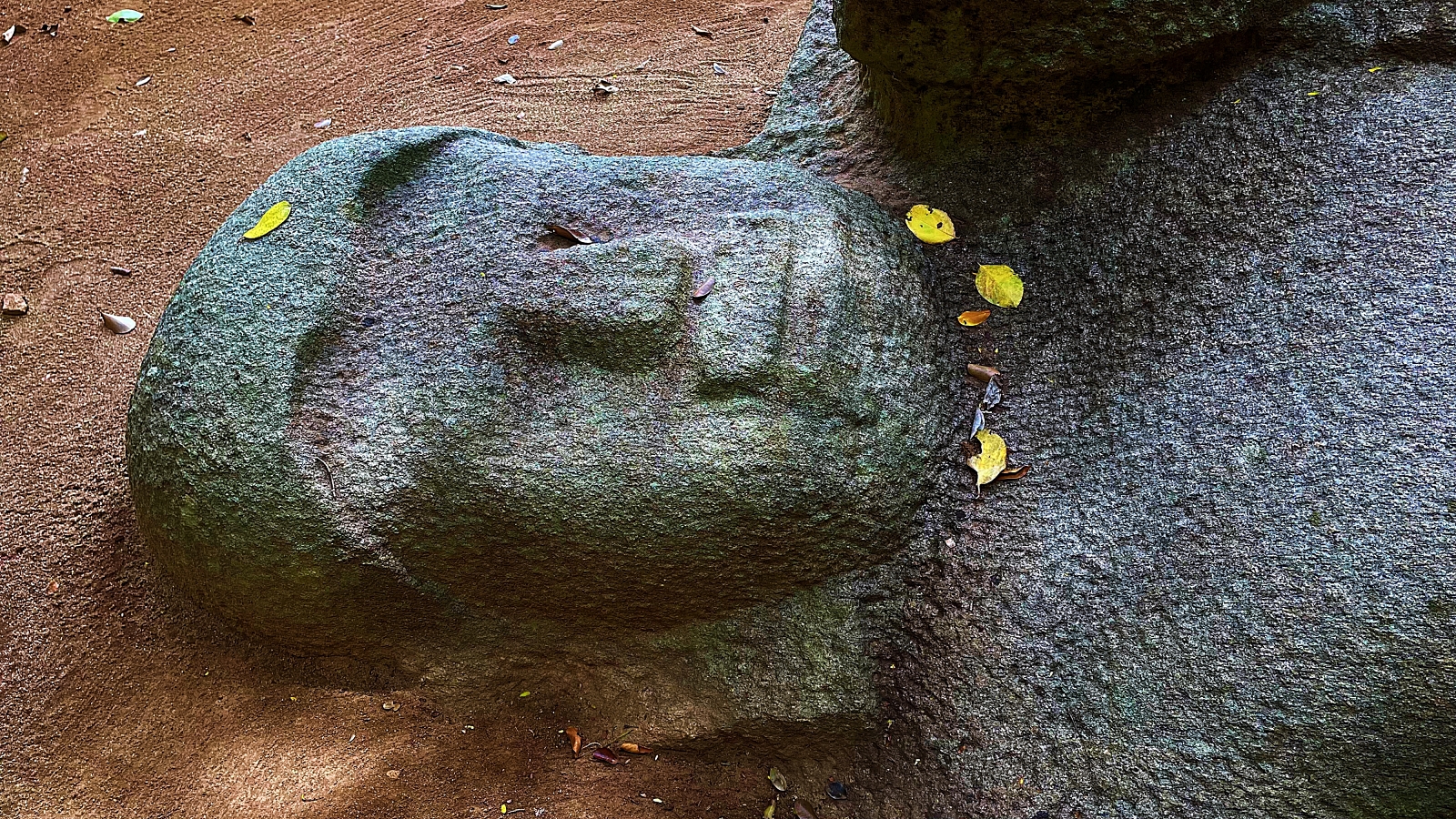
Buddha might have followed the same path, in my opinion. I experienced the calm he must have experienced during his voyage. After a few days, I travelled back to Colombo, but not before visiting Kelaniya Raja Maha Viharaya, which King Maniakkika had asked Buddha to visit in order for him to give a Dharma discourse in 9 B.E. It was both his final and third trip to Sri Lanka. But after returning, Buddha understood that Lanka would be the nation where his religion would be most well regarded. Despite the fact that Buddha lived many millennia before us, his ideas have found their way to us via a variety of means.
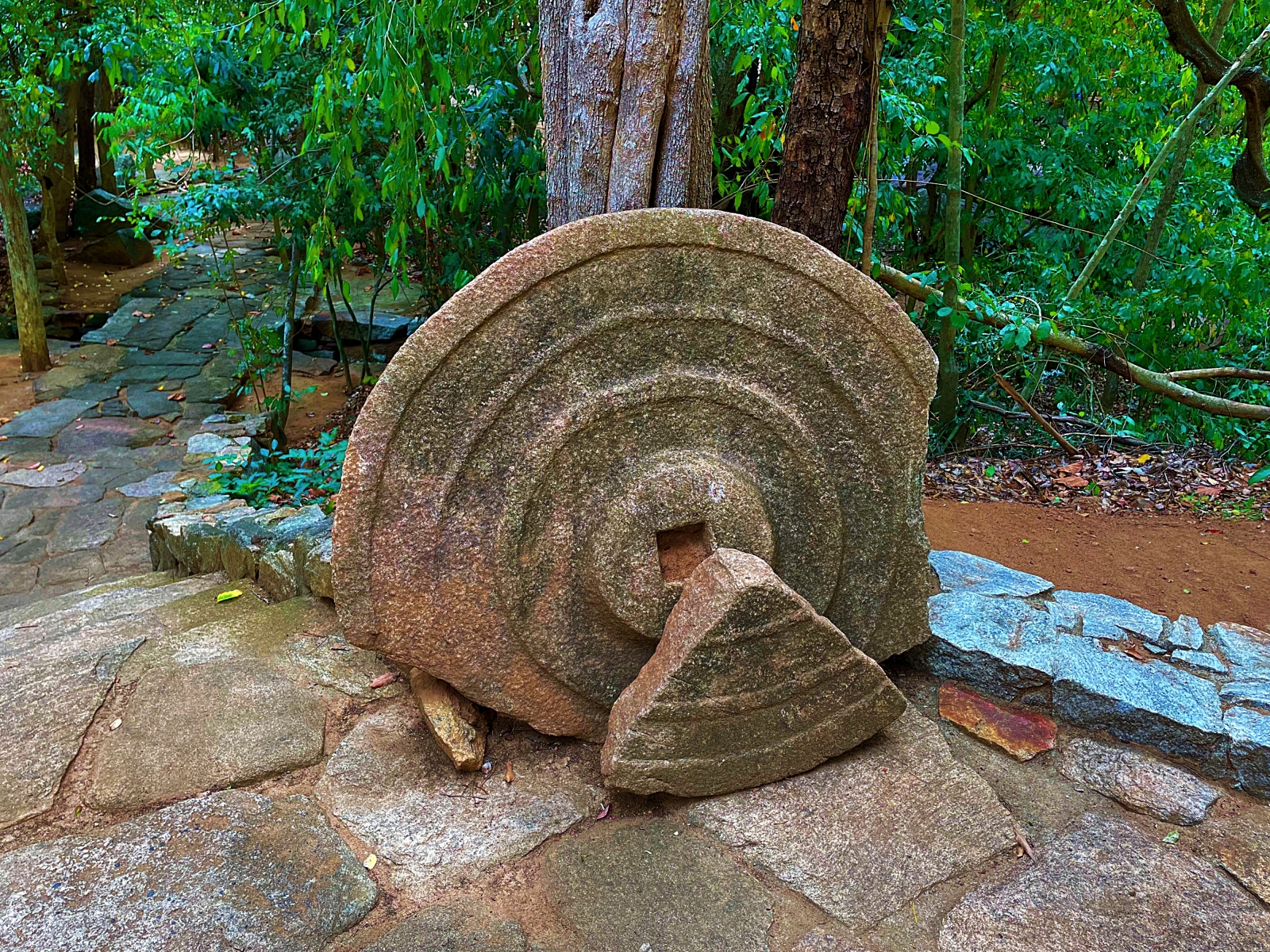
His ideas are ageless and have a significant influence since they are based on the fundamental idea that enlightenment is a continual process rather than a momentary flash. So, anxious to see everything Buddhism has to offer, I travelled back in time to Kelaniya! I soon found myself in front of the Buddha statue, which was made of gold. I was aware that I was witnessing something unique. I prayed silently while averting my eyes. I was already planning my next move as I opened my eyes.
Rajagalathenna (The Monarch’s Rock)
During my fourth trip to the country, I travelled to Mihintale, a high summit close to Anuradhapura, where Buddhist monk Mahinda and King Devanampiyatissa first met and helped spread Buddhism in Sri Lanka. My last stop was the 1,600-acre Rajagala archaeological complex, second only to the Mihintale monastery in Anuradhapura, and I was astounded by its scale and scope. About 600 prehistoric structures, including stupas from ancient times, may be seen on this vast site. It’s a fantastic site to explore, and I was fortunate to learn the answers to many of my inquiries regarding the background of Buddhism.
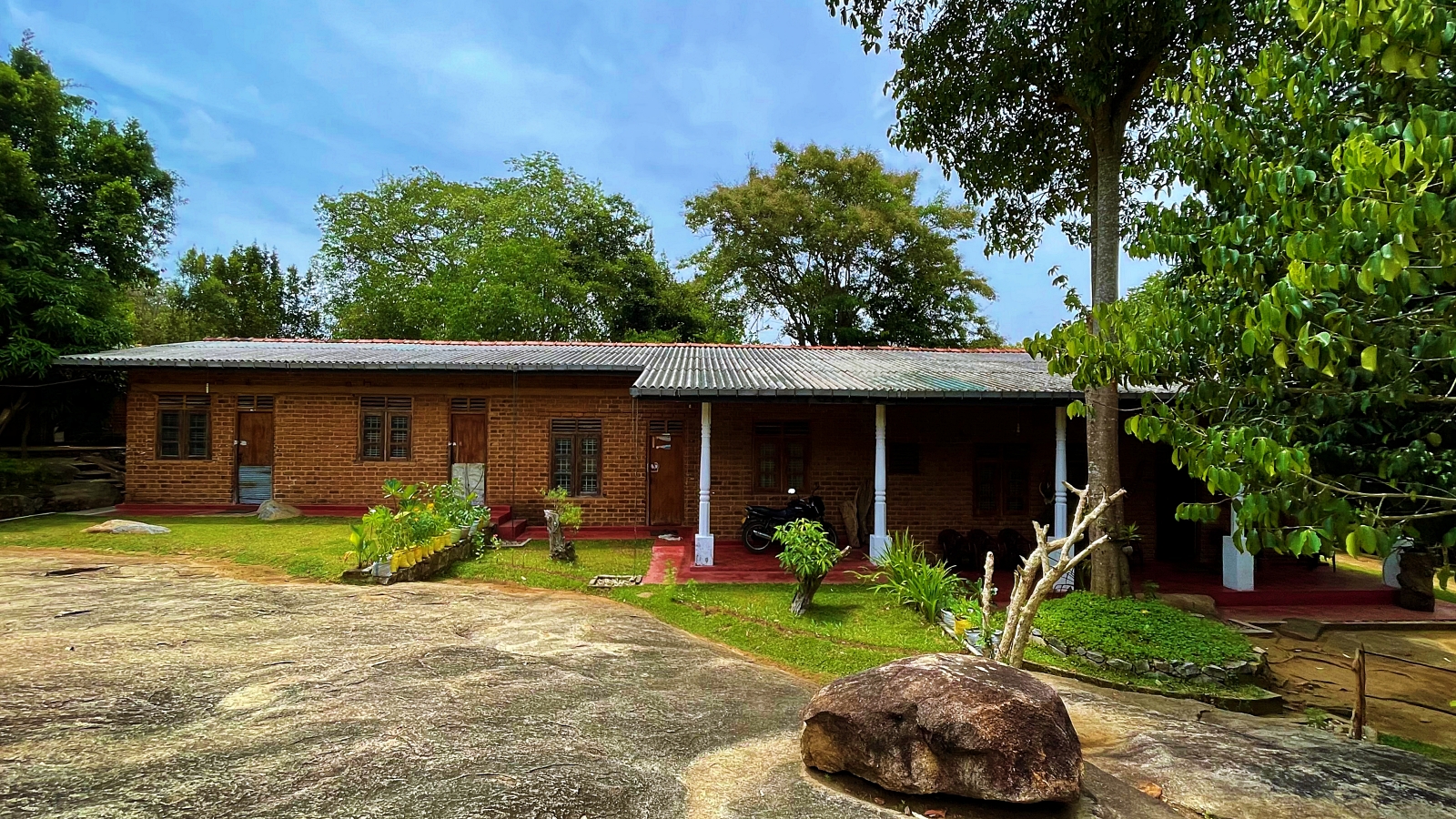
Although it was a bright day, Rajagalathenna felt particularly remote. Ampara is the closest hub, but the journey there takes an hour. We travelled from Polonnaruwa via the Chenkaladi-Badulla route to the outlying community of Maha Oya by taking the third exit onto Maithripala Sirisena Mawatha. The ancient site is in a difficult-to-reach location and was difficult to access. What puzzle does Rajagalathenna hold, though? Rajagala was known as “Girikhumbila” when the King was alive because the mountain range looks like a sleeping crocodile from a distance. In 1890, only the forest’s activity center—which makes up a sizeable portion of the ruins—was divested in order to preserve the monuments.
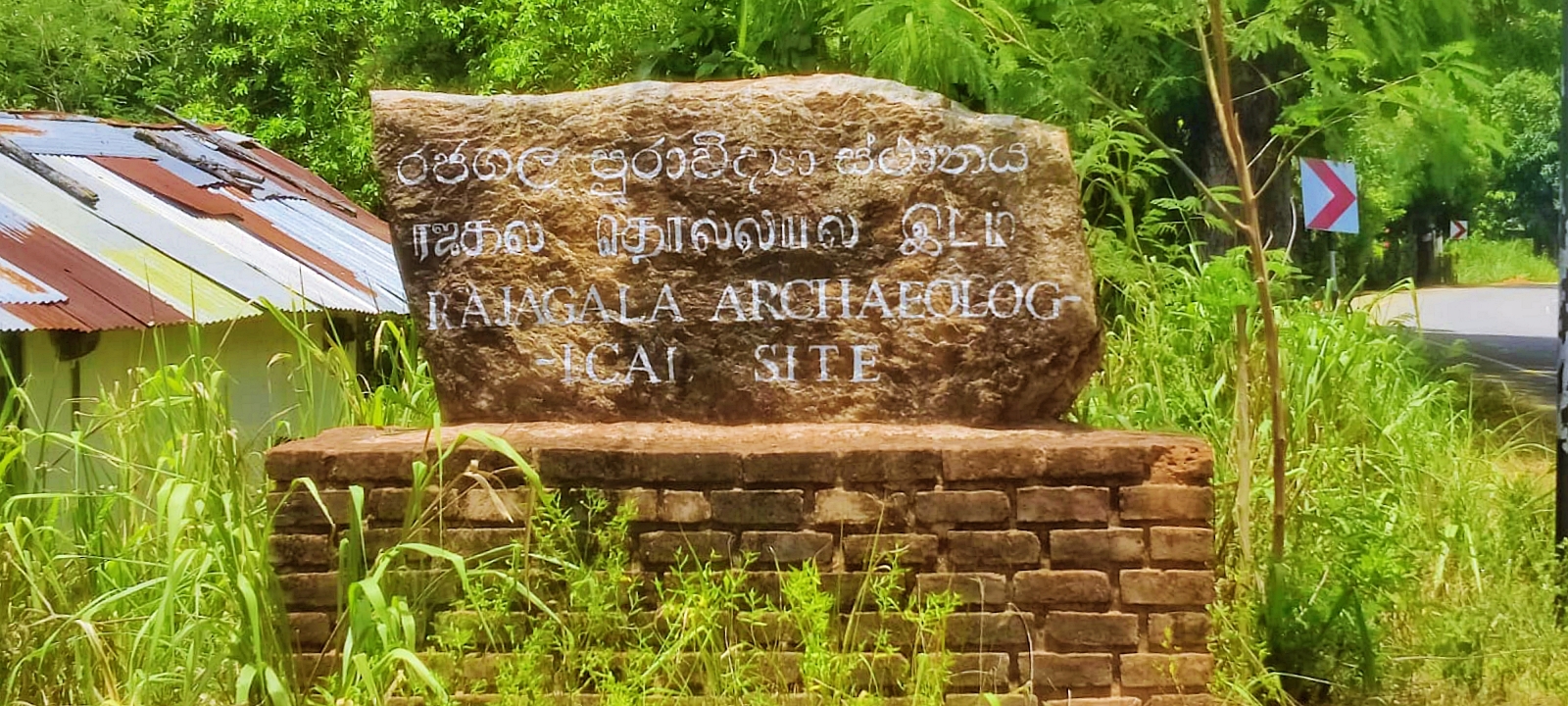
However, because there were more major actual locations nearby, the unmistakable monastery of Rajagala, which was tucked away in the backwoods, was quickly forgotten. The monastic complex was completely destroyed by the forest for 15 centuries before being unearthed by renowned archaeologist Senarath Paranavithana in the 1940s. As we ascended the mountain, there was a palpable sense of expectation in the air. As I considered all the amazing artefacts I was about to view, my heart began to race. My tour guide, who was leading the way, appeared to detect my excitement and began rambling on about the mountain’s past. “Well, there used to be four different routes leading to the plateau, and they ran in all four directions. However, just two have been found so far.
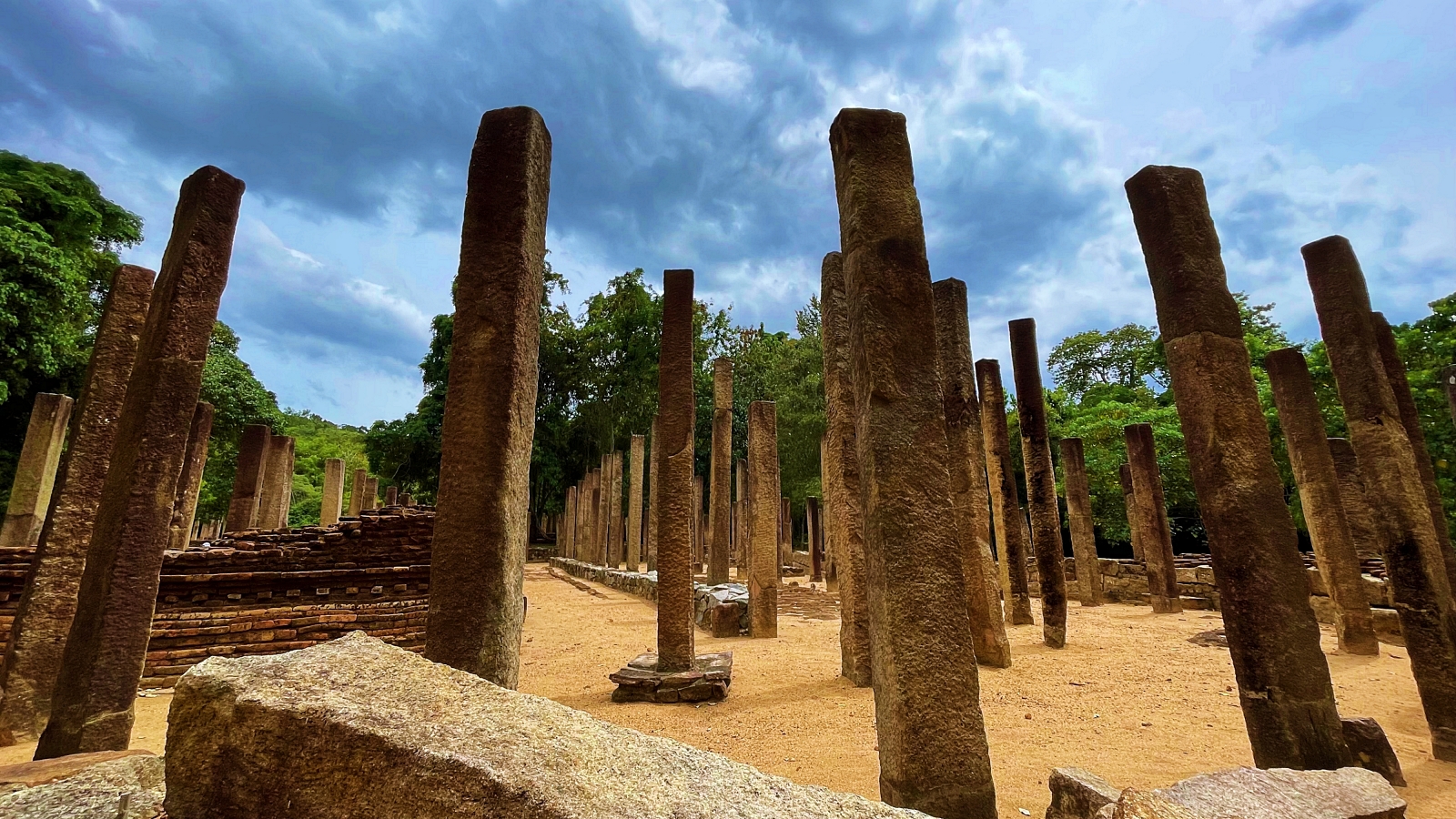
At the peak, the main road divides into two ways; one goes through a big rock boulder to the eastern slope and the other goes to the various ruins and monuments on the northern slope. Moving from boulder to boulder through the forest required some time. To the first path, which connects to parking places at the foothill, a longer walk with stairs is constructed. You’ll need more than an hour for either climb. The autos can travel to the archaeological site’s office. A 1.5-kilometer natural track journey past numerous ruins, Sangaramas structures, pillars, guard stones, and moonstones leads to the summit from the office.
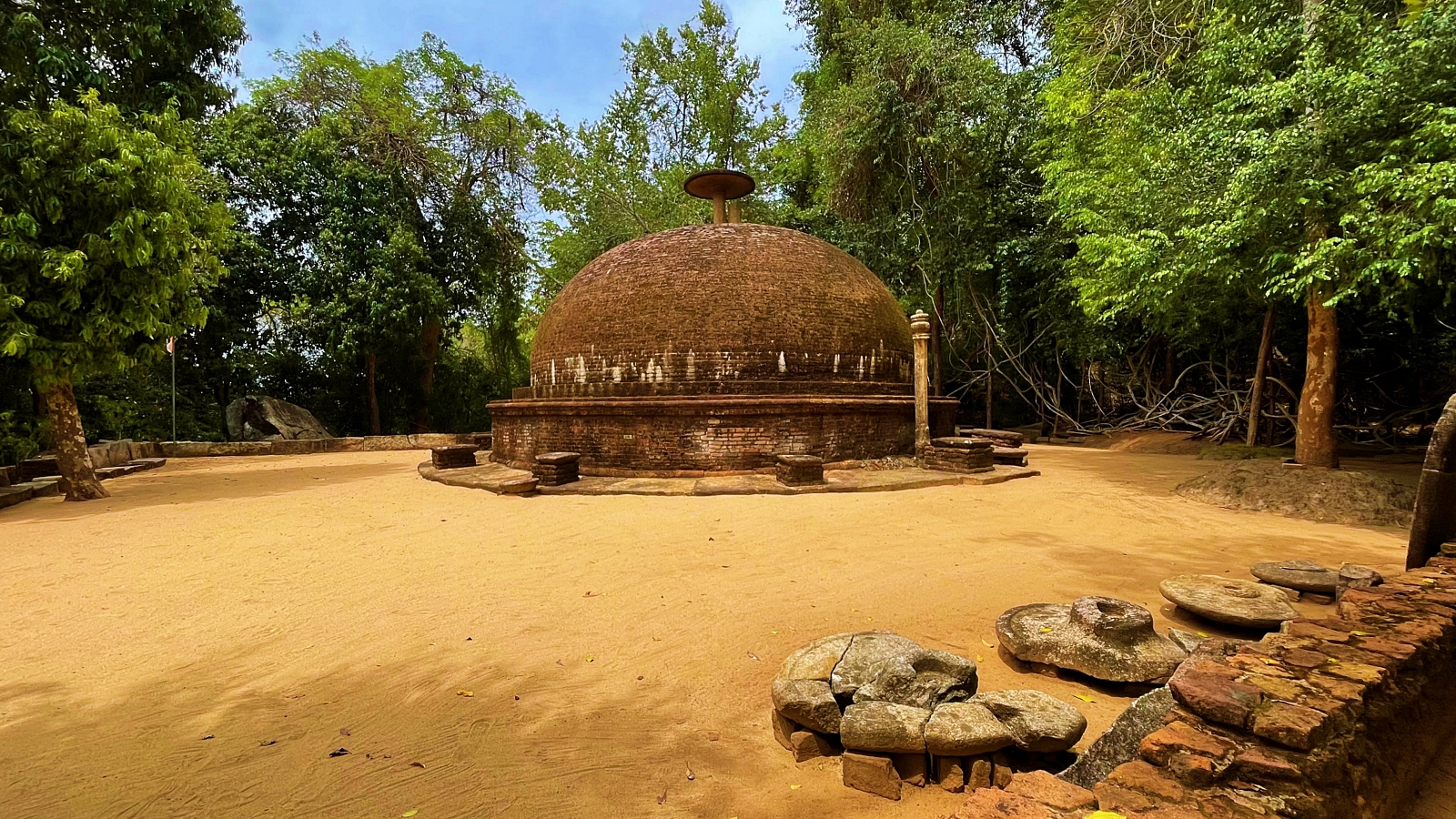
My guide’s and my own footsteps moving on the dry leaves were the only sounds that could be heard over the chirping birds in the distance. We turned a curve, and I got my first look at the ruinous area. In my throat, my breath became stuck. It was much more amazing than I had anticipated. Bhikkhus lived here before the first century BC. The following several hours were spent by me visiting the remains and learning about the previous inhabitants of this location. The northern summit of the mountain has been extensively explored for remnants of the rainforest. The Arahat Mahinda Thero, who brought Buddhism to Sri Lanka, is said to have visited the Rajagalathenna Temple, according to an inscription.
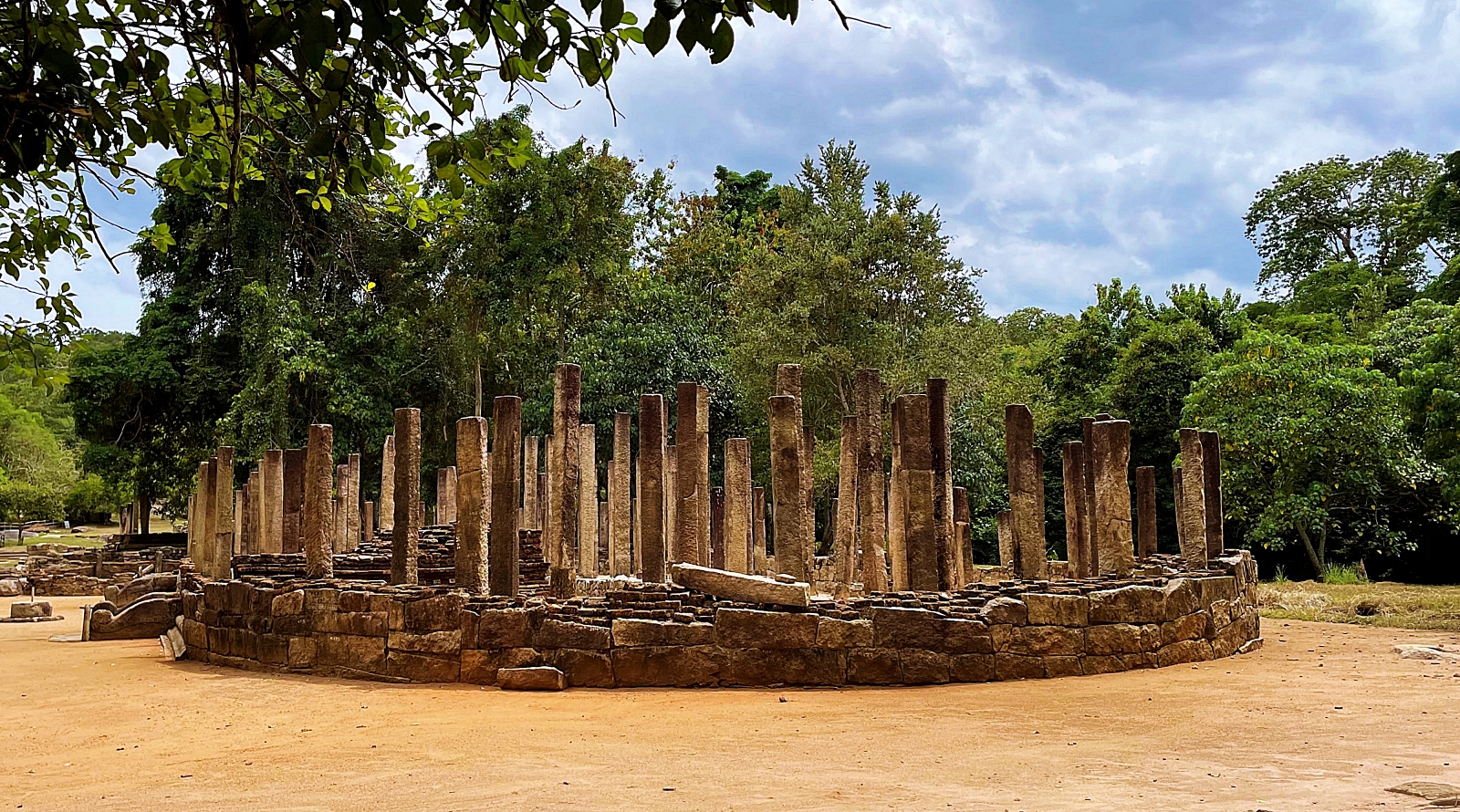
Only two rock inscriptions mention the Arahat Mahinda Thero, one at this location and the other at Mihintale. As mentioned on a nearby stone inscription, the ashes of Arahat Mahinda Thero and his adherent Itthiya Thera are interred in a stupa here. This makes Rajagalathenna an important pilgrimage site for Buddhists from all over the world. Likely, the ashes are still present because no excavation work has been carried out to confirm the ancient writings.
Table of Contents
Caves of Ancient Scribblings
Rajagala monastery was once one of the most splendid monasteries in Ruhuna. It is on Thoppigala mountain, overlooking the rolling hills of the region. The monastery was supported, by King Kavantissa of Digamadulla and later by King Saddatissa and his son Prince Lajatissa. The monks who lived there were experts in the scriptures and offered guidance and wisdom to those who sought it. The monastery complex was decimated many years ago, but the memories of its glory still live on. Today, the mountain that Rajagala monastery once stood on is still a place of pilgrimage for those who seek the wisdom of the ancients. The monastic bhikkhus live in drip-ledged caves further down the mountain.
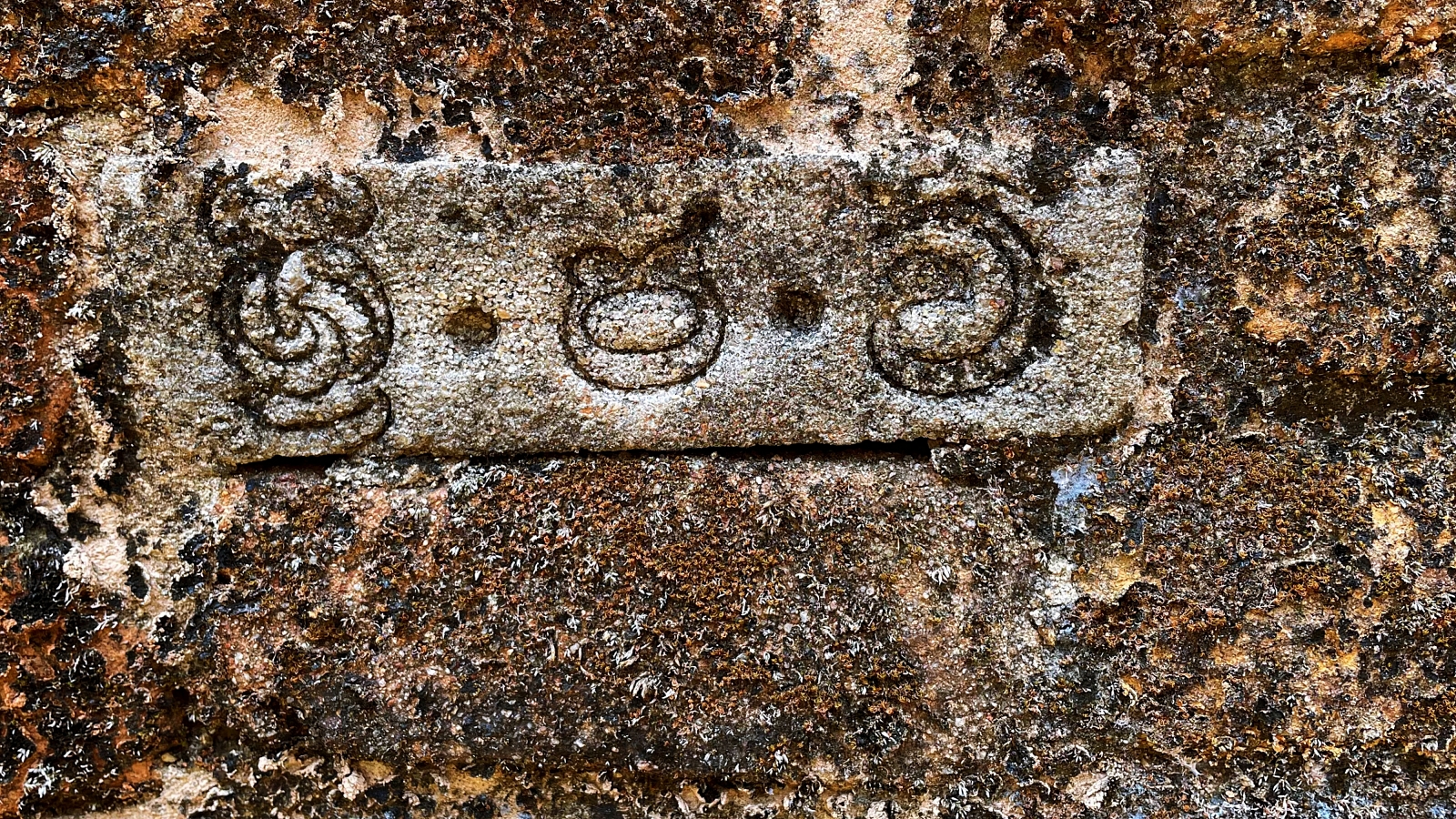
The interior walls, massive stone slabs, and granite boulders of the caves all have writings. Some caves even retain their structural integrity. The bhikkhus who live in those caves spend their days in meditation, contemplating Buddha’s teachings. As I walked closer to the caves, I saw writings in a strange language. I was intrigued and asked if I could also see the artwork. The bhikkhu hesitated but then agreed. He took me into one of the caves and showed me the plaster-covered walls. I asked one of the bhikkhus about it, and he told me that it is because those particular cave walls are too sacred for human eyes. Perhaps they hold Buddha’s journey to enlightenment in such detail and with such meaning.
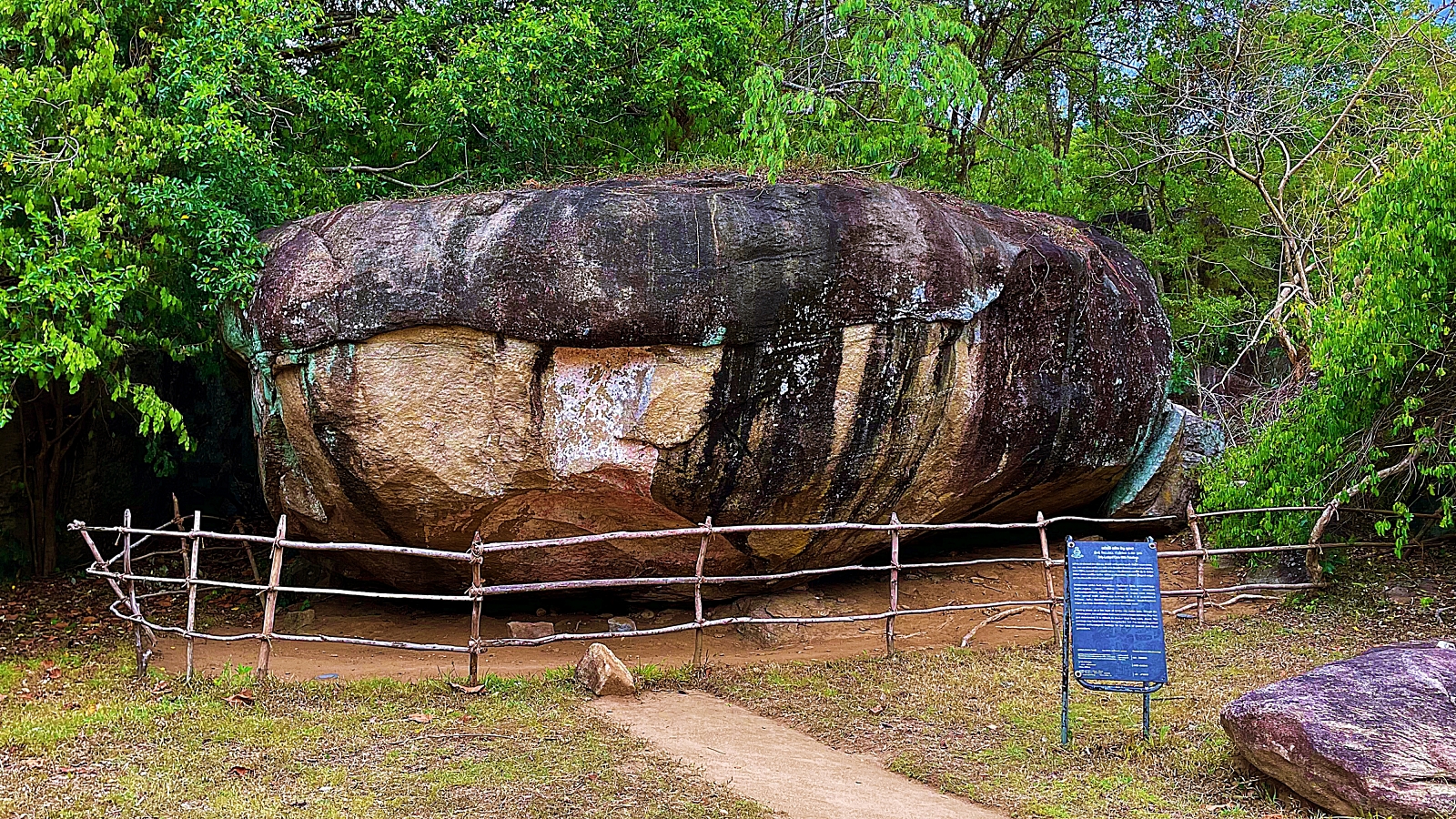
I was mesmerised by the beauty of it all. As I stood in front of those sacred cave walls, I felt a deep sense of understanding. The largest cave, Cave 1, is thought to have been the main shrine for the ancient Buddhists who created this complex. The cave is decorated with a relief of the Buddha and has a large stupa in the centre. Cave 2 is smaller and less ornate, but it contains a statue of the Buddha that is believed to be one of the oldest in Sri Lanka. Caves 3 and 4 are even smaller, but they have some of the most well-preserved frescoes in the complex. A great deal of thought and care went into the creation of this religious site. The caves were designed to be both beautiful and functional, and they have served as a place of worship for centuries.
18-foot-long, Tumbled Buddha Statue
When we arrived at the 18-foot-long, stone-hewn, tumbled Buddha statue, I forgot all about my walking pangs. The stone Buddha statue loomed large as we approached it, its surface worn smooth from countless years of erosion. Archaeologists are still looking for where it may have once stood, but from where we were, it was an impressive sight. As we stood there in silence, I could feel the weight of history bearing down on us.
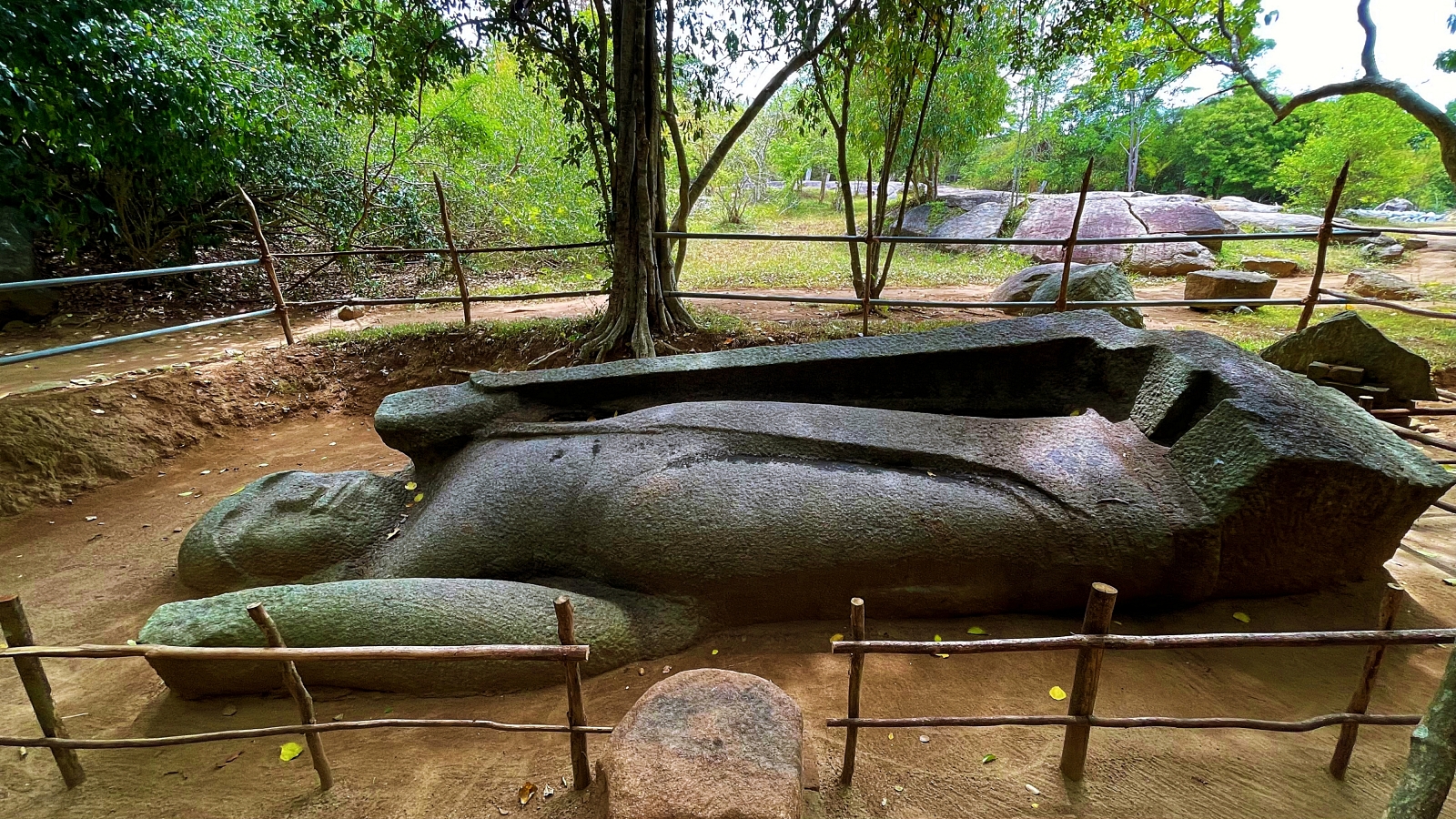
When Prince Lajjithissa took over the throne from his father, he decided to expand the existing site into a full-blown complex. He offered the building to the monks and lavishly endowed the monastery. By the 9th century, the monastery itself was long gone, destroyed by the elements and time, with the fall of the Anuradhapura Kingdom. I’m so grateful to have had the chance to see it.
Mihindu Seya
My guide then took me to Mihindu Seya, a stone stupa housing the remains of Arahat Mahinda. This is the most significant landmark of the Rajagala monastery, with writings on the rock surface next to the stupa. Strangely, one of the two archaeological pieces of evidence of Buddha landing on the island is a stone inscription discovered close to the “Mihindu Seya,” which is where the remains of Arahat Mahinda and Arahat Uththiya are revered. In my imagination, after converting the island’s king to Buddhism, Buddha then took his leave.
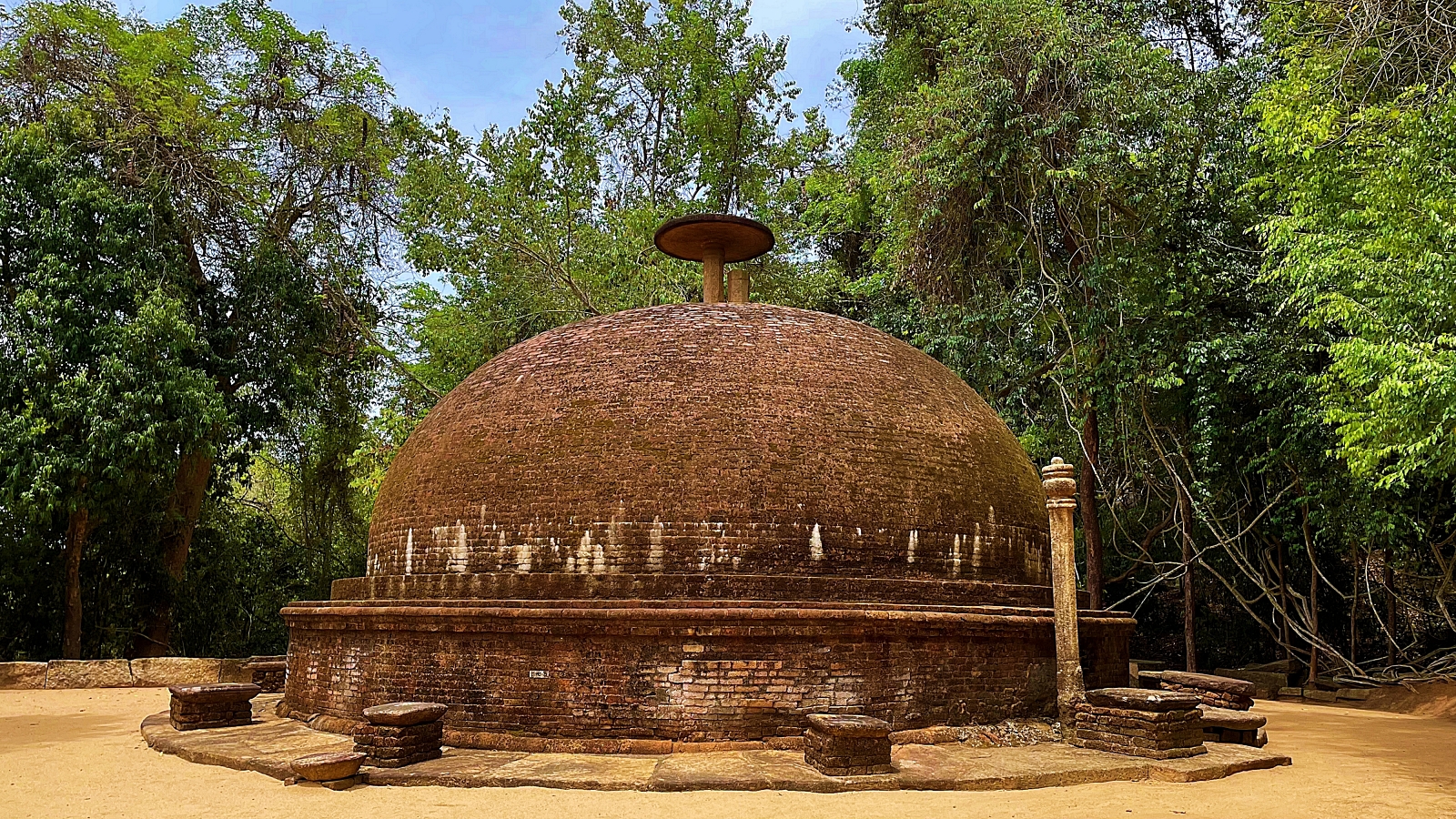
But, as he did so, he placed his hand on the column and said, “This stone shall forever bear my image and remind all who see it of my great love for this island and its people.” And so it has been for centuries. The long stone column protruding from the peak originated in the sacred relic chamber, where the stone shadow is firmly anchored. The stupa’s structure, a triangle-shaped grouping of identical rough stones, is unique to Sri Lanka and strangely reminds one of those seen in Tibet’s high elevations. Every day, pilgrims from all over the world come to gaze upon the stone column and reflect on the Buddha’s great love for all beings.
Rock and Stone Bowls
The guide showed me the etchings mentioning Arahat Mahinda and Itthiya and then took me to the additional inscriptions. We then strolled around the “Gal Pattaraya” (stone bowl), which would astound anyone visiting Rajagala. Buddha once said, “Drop by drop is the water pot filled. Likewise, the wise man, gathering it little by little, fills himself with good.” But the engravings, the water and food bowls, and the cave ruins are all that’s left today. Gal Pattaraya had been used as containers for food during the almsgiving for meditating bhikkhus. The monks of Rajagala were some of the most serene and noble people of their time.
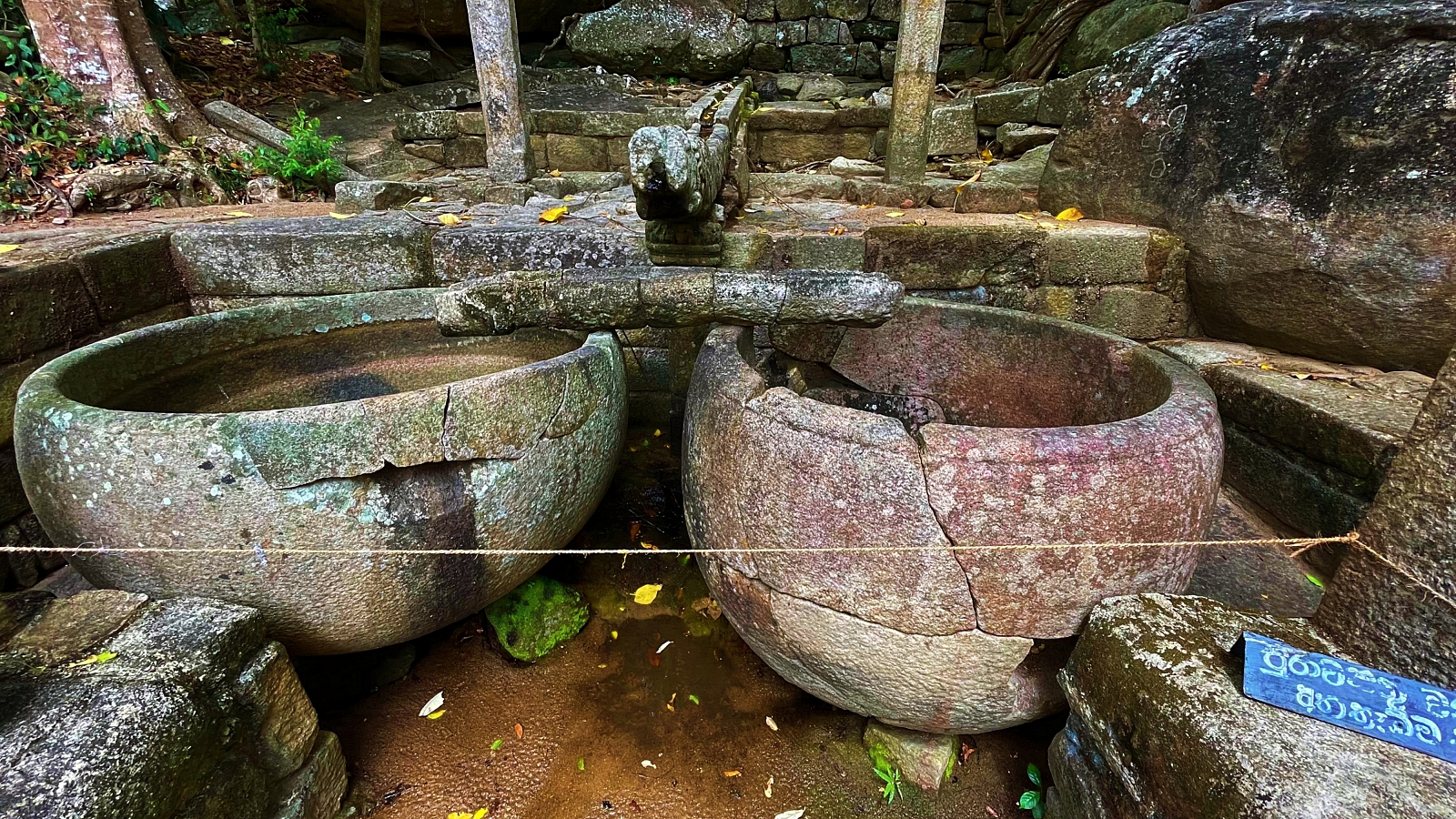
They lived a simple life devoted to meditation. Their days were spent in silence, broken only by the occasional meal or conversation. The monks were self-sufficient, using cutting-edge technology to create massive granite bowls that stored food and water. The bowls were the biggest ever discovered on the island and served as a reminder of the monks’ attainments. It’s extraordinary to think about how this place must have looked and sounded when it was full of life. It is now a mute relic of a bygone era. Sitting in the refectory, I couldn’t help but notice the massive Dhorana tree next to me. It was easily the biggest tree I had ever seen, and it looked like it was as old as time itself.
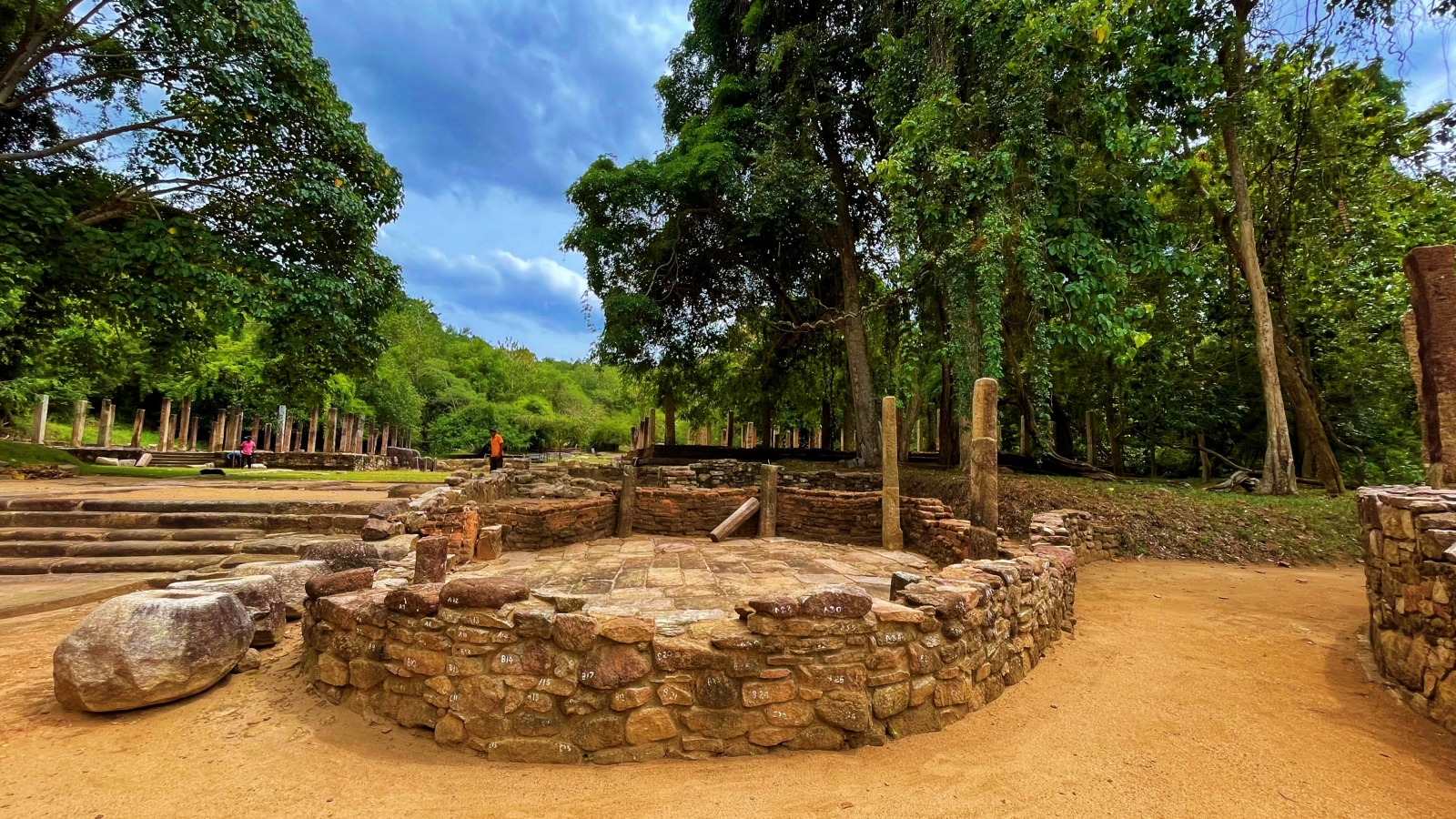
I was amazed that such a rare tree was in the Rajagalathenna region. Elk, deer, fishing cats, and crocodiles are common wildlife sightings in the Rajagalathenna region. And for avid bird watchers, the dense canopy provides plenty of opportunities to spot rarer birds.
Ancient Buddhist Ruins
It is a hot, sunny day as I walk across the dusty plains towards the ruins. I can see the two stupas in the distance, rising out of the rubble like sentinels. The bigger one is thought to date back to the third century BCE, and the smaller one to the first, making them the island’s earliest buildings. The complex was deserted when King Mahasen, who persecuted Buddhism in the 2nd century, was in power. As I get closer, I see that the ruins are even more extensive than I thought. There are stone buildings, pillars, guard stones, and other intriguing artefacts spread out over a 2.5-square-mile area.
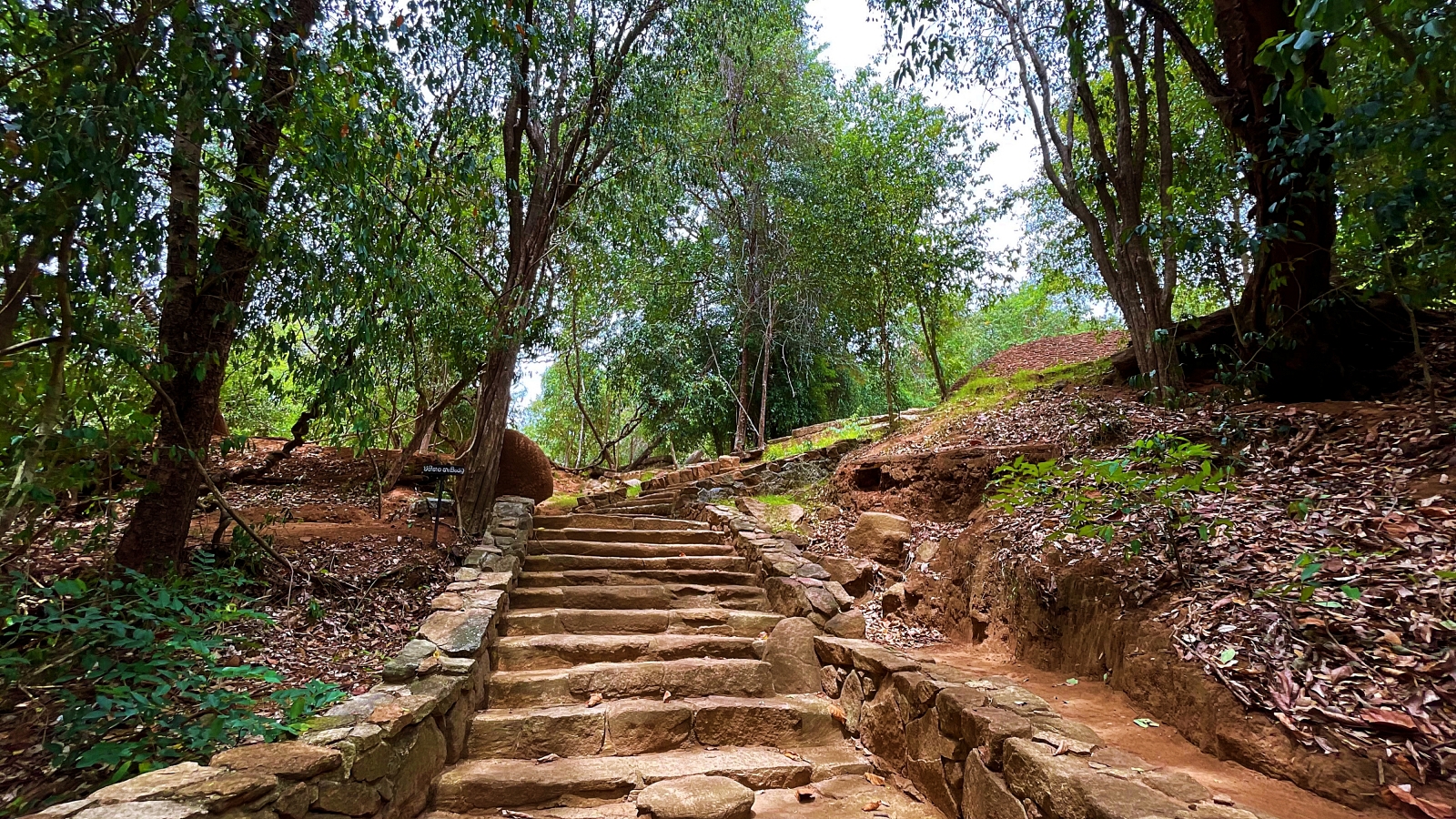
I wander through the ruins, marvelling at the history that surrounds me. As I walk, I can’t help but feel a sense of sadness at the thought of all that was lost. But then I remember that the ruins are still here, and they are a testament to the strength and resilience of the human spirit.
The Saririka statue and the Kalanda Stupa
The Saririka statue is a beautiful and imposing sight at the Rajagala Buddhist ruins. This life-size granite statue illustrates a standing woman from the 12th century and has been well-preserved over the years. Another fascinating artefact at the Rajagala Buddhist ruins is the Kalanda stupa, dating back to the 3rd century BC, making it one of the oldest structures at the site. This brick stupa, decorated with beautiful carvings, is a testament to the skill of the ancient architects. It was once, piled with the relics of the Buddha himself. But now, the stupa stands empty. Its once-mighty walls now stand crumbling and forgotten. What happened to the stupa? No one knows for sure.
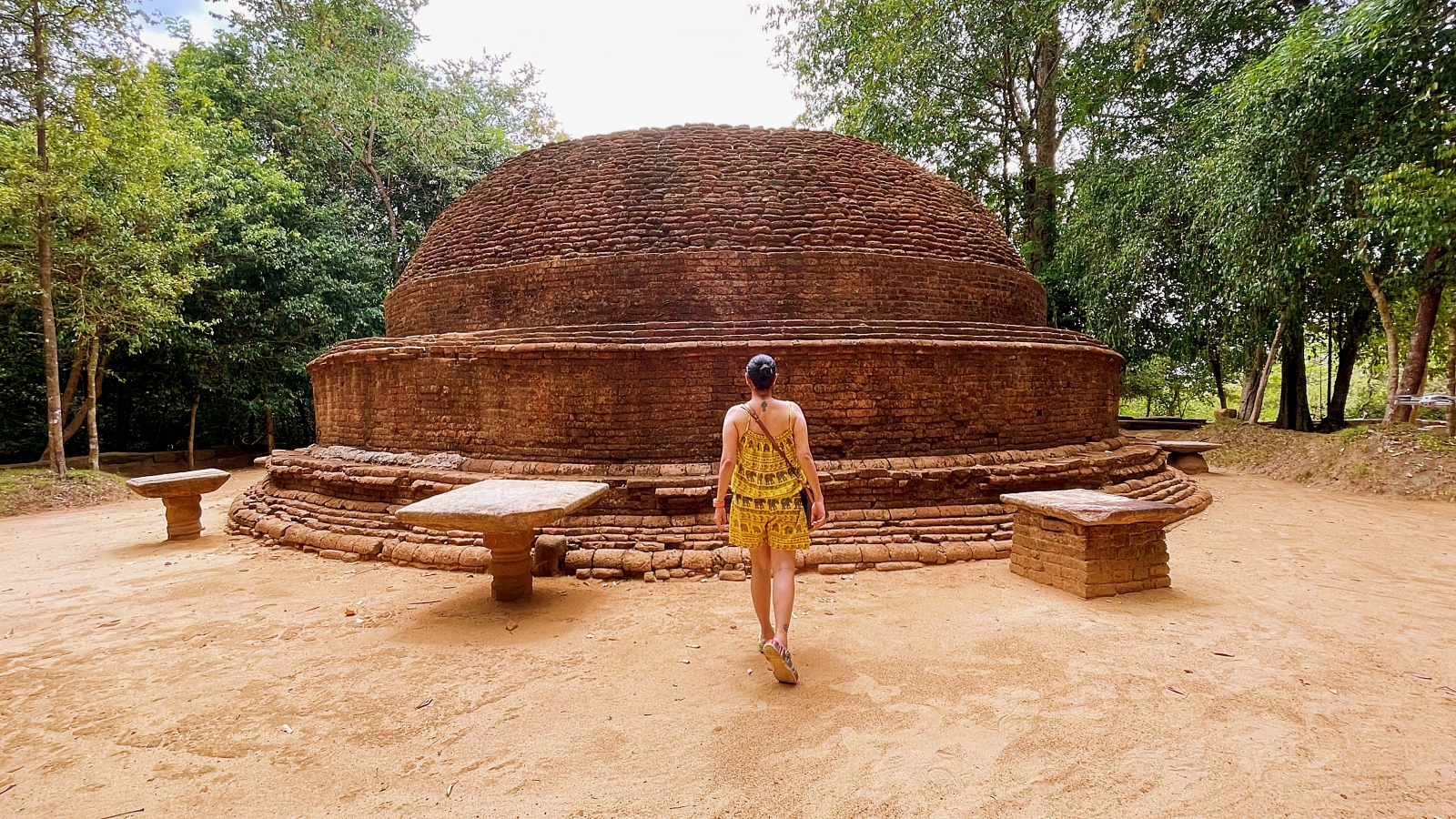
Some say that the relics of the Buddha were taken away by thieves, while others believe that they were destroyed during the time of the great persecution of Buddhists. Whatever the case may be, the stupa still holds a certain power. For within its walls, one can still feel the presence of the Buddha. Both the Saririka statue and the Kalanda stupa are just a few of the many fascinating things to see at the Rajagala Buddhist ruins. If you ever have the chance to visit this site, you will not be disappointed!
Rassaagala Mountain
Rajagala was once a thriving monastery, based on the remnants and ruins that can still be seen today, but along with the mountain, it would take a few days to explore it thoroughly. The stone structures discovered so far include stupas, monastic residences, assembly halls, a refectory, rock ponds, majestic promenades, a beautiful lake with stone steps leading down to it, an old water reservoir with a natural spring, wattle and daub separations still intact, and numerous stone inscriptions in early Brahimi Sinhalese. The stupas with the shape of a parasol (chakra) rather than a more typical pinnacle at the top stand out as distinctive.
They are a reminder of the monastery’s past glory and a testament to the skilled craftsmanship of the monks who built them. Today Rajagala mountain is a peaceful place where visitors can come to appreciate the beauty of nature and the history of this once-great monastery. The first thing that strikes you about Rajagala is its area. Although it is not as large as some of the other ancient monastic complexes in Sri Lanka, it is still quite impressive. The second thing that hits you is its location. Nestled in the foothills of the Rassaagala mountain, Rajagala has one of the most beautiful landscapes in the world. The third thing is its history. This site has been occupied by humans for over two thousand years!
The fourth and final thing is its potential. Although extensively excavated, there is still a lot of work to be done. The site is massive, and there is a lot of ground to cover. If you are looking for a place to affirm your faith in our ancient heritage, then Rajagala is the perfect archaeological site for you.
A Homemade Lunch
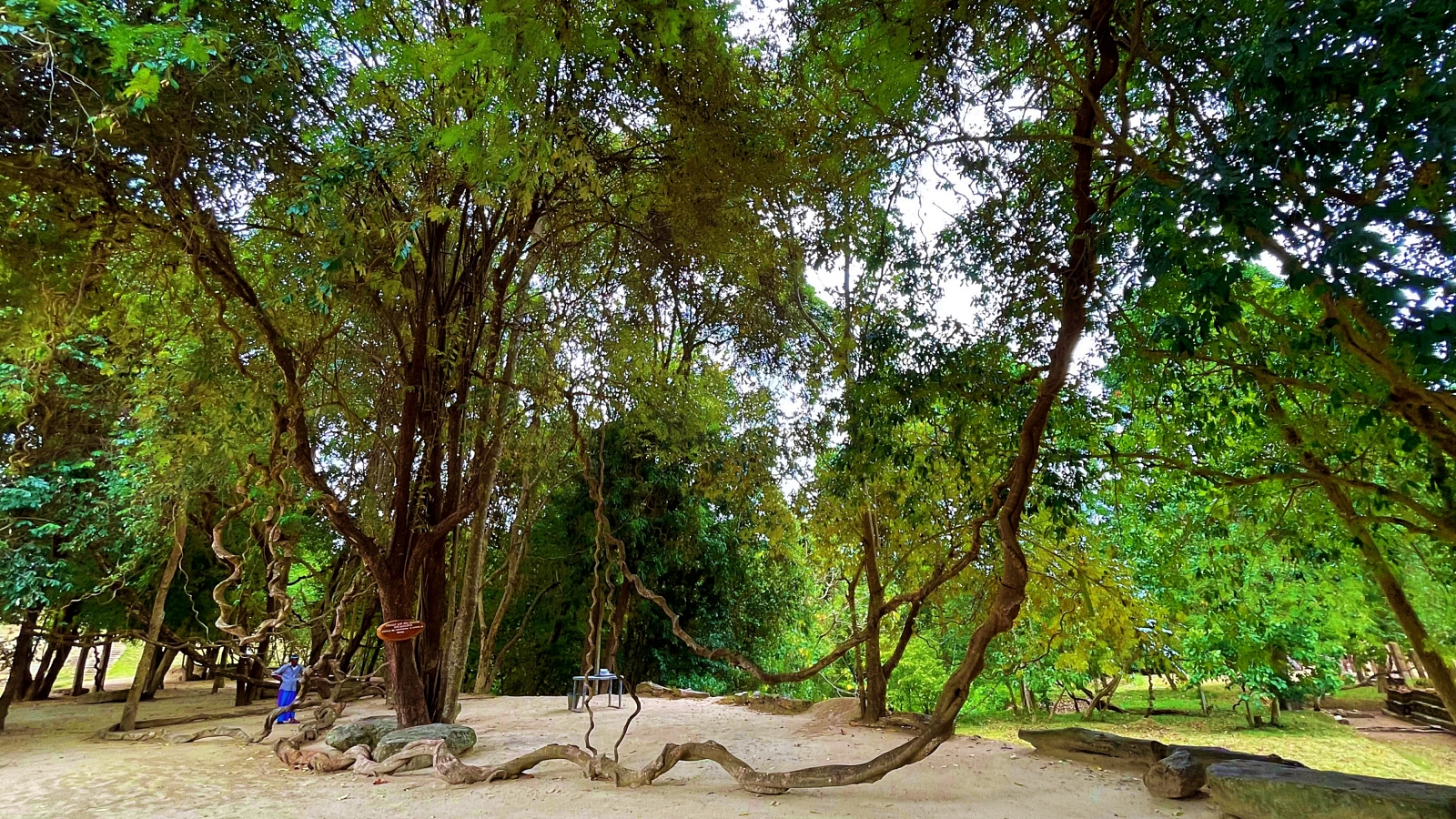
The air was thick with humidity as we trudged through the mountain. Our final destination was the open-air Jantaghara (assembly hall), where I was feted to a homemade lunch on a banana leaf. A few signboards hung over the trees requesting visitors to preserve nature. My guide offered me a leaf parcel containing rice, dhal curry, kunkun (a leafy vegetable), and fried tank fish.
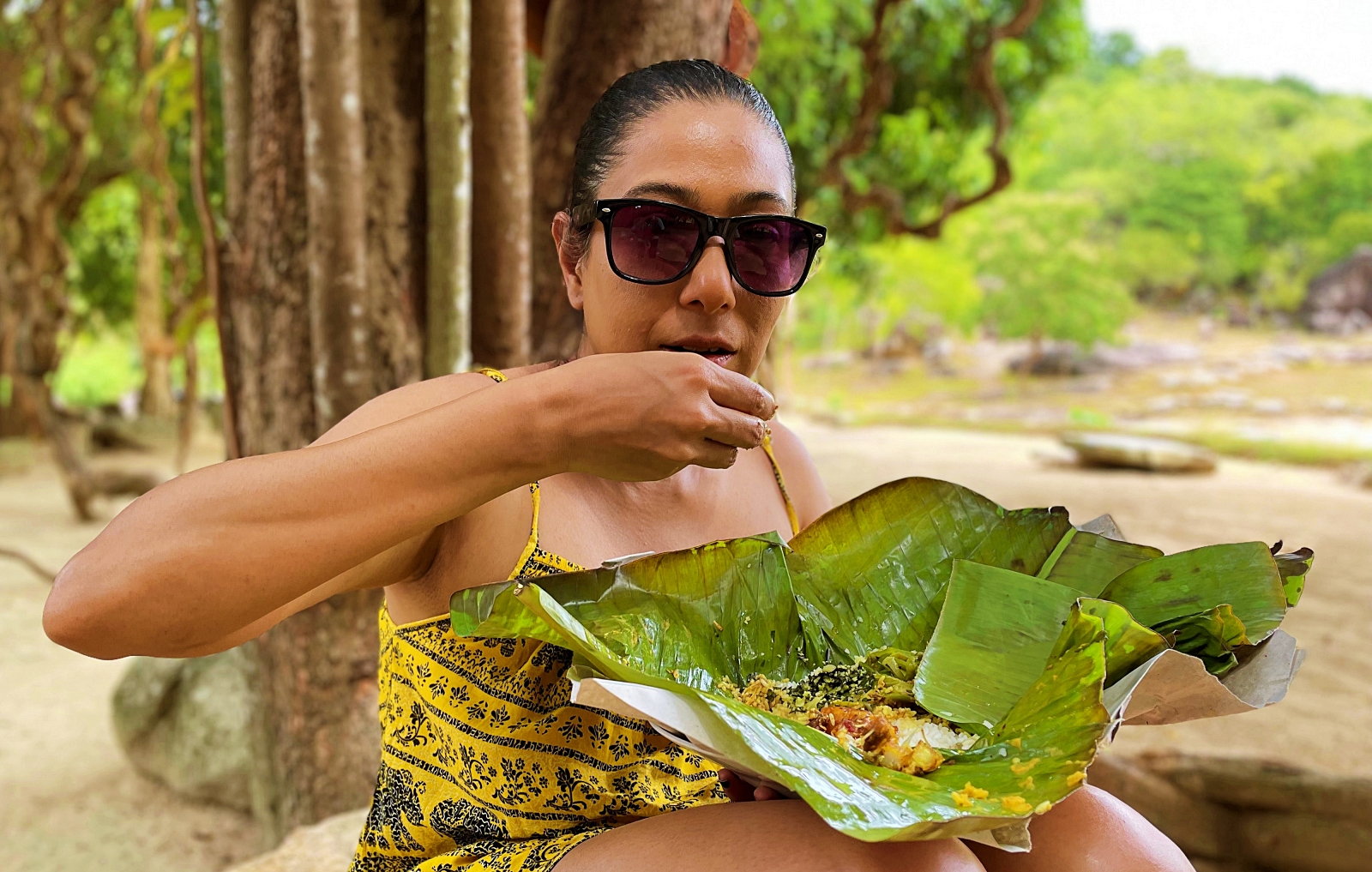
I opened it and began to eat, savouring the delicious flavours of authentic Sri Lankan cuisine. As I ate, I couldn’t help but feel a sense of wonder at all the history and mystery that surrounds this place. It was an incredible experience that I will never forget. And as Buddha says, “Those who cling to perceptions and views wander the world offending people.” As I left this place, I left my perceptions behind and returned more enlightened than before.



